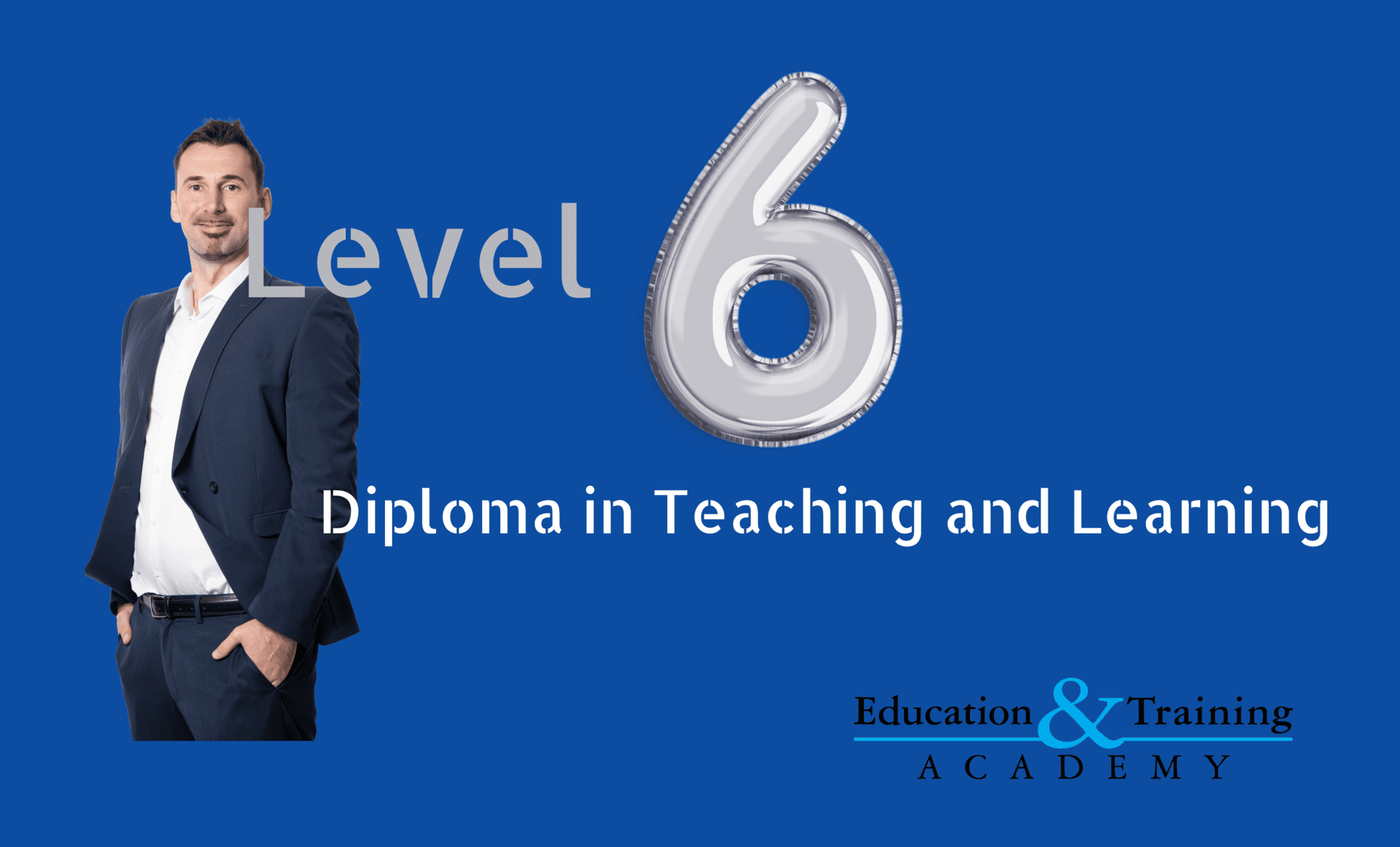
Embracing Diversity: Understanding Special Needs in the "Level 6 Diploma in Teaching and Learning" & "Level 5 Diploma in Teaching (FE and Skills) (DiT)"
In the dynamic landscape of contemporary education, especially within the realms of the "Level 6 Diploma in Teaching and Learning" and the "Level 5 Diploma in Teaching (FE and Skills) (DiT)", understanding and supporting learners with special needs is pivotal. The term "special needs" encompasses a broad array of conditions that may impact an individual's ability to engage fully in conventional learning activities or environments. These conditions can be present from birth or may develop over time and can significantly vary in how they affect daily life and learning.
Physical Disabilities: A Challenge to Mobility and Physical Capabilities
Within the "Level 6 Diploma in Teaching and Learning" and the "Level 5 Diploma in Teaching (FE and Skills) (DiT)", recognizing and accommodating physical disabilities is crucial. Conditions like cerebral palsy, muscular dystrophy, and others necessitate adaptations to the learning environment to ensure accessibility and full participation for all students.
Intellectual Disabilities: Navigating Cognitive and Adaptive Limitations
For students pursuing the "Level 6 Diploma in Teaching and Learning" and the "Level 5 Diploma in Teaching (FE and Skills) (DiT)" with intellectual disabilities, tailored support and strategies are essential. These learners may face challenges in problem-solving, communication, and social skills, requiring a thoughtful approach to curriculum delivery and assessment.
Learning Disabilities: Overcoming Obstacles in Academics
The journey through the "Level 6 Diploma in Teaching and Learning" and the "Level 5 Diploma in Teaching (FE and Skills) (DiT)" can be particularly challenging for individuals with learning disabilities such as dyslexia or dyscalculia. Educators must employ specialized instructional strategies to address these challenges, ensuring every learner has the opportunity to succeed.
Sensory Disabilities: Enhancing Communication and Perception
Students with sensory disabilities, including visual and auditory impairments, bring unique perspectives to the "Level 6 Diploma in Teaching and Learning" and the "Level 5 Diploma in Teaching (FE and Skills) (DiT)". Adapting teaching methods and materials to meet these learners' needs is key to creating an inclusive educational environment.
Emotional and Behavioural Disorders: Fostering Emotional Regulation and Positive Behaviours
Addressing emotional and behavioural disorders within the "Level 6 Diploma in Teaching and Learning" and the "Level 5 Diploma in Teaching (FE and Skills) (DiT)" requires sensitivity and a proactive approach. Strategies to support emotional regulation and positive behaviour can significantly enhance the learning experience for affected students.
Autism Spectrum Disorders (ASD): Supporting Social Communication and Behaviour
For learners with ASD enrolled in the "Level 6 Diploma in Teaching and Learning" and the "Level 5 Diploma in Teaching (FE and Skills) (DiT)", the emphasis on social communication and behavioural support is critical. Tailoring interactions and teaching practices to accommodate these learners' needs can make a profound difference in their educational journey.
Speech and Language Disorders: Encouraging Effective Communication
In the context of the "Level 6 Diploma in Teaching and Learning" and the "Level 5 Diploma in Teaching (FE and Skills) (DiT)", addressing speech and language disorders involves providing interventions and technologies that aid in communication, ensuring that all students have a voice in their education.
Conclusion: A Commitment to Inclusive Excellence
The landscape of special needs within the "Level 6 Diploma in Teaching and Learning" and the "Level 5 Diploma in Teaching (FE and Skills) (DiT)" is rich and complex, underscoring the need for educators to embrace diversity in all its forms. By understanding the challenges and strengths associated with various conditions, educators can create learning environments where every student, regardless of their abilities or disabilities, feels valued, respected, and fully included. This commitment to inclusive excellence is not just a hallmark of quality education; it's a testament to our collective humanity.

